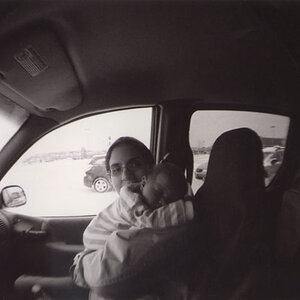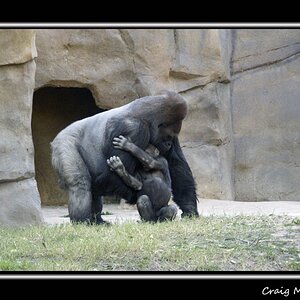gizmo2071
TPF Noob!
- Joined
- Oct 19, 2006
- Messages
- 861
- Reaction score
- 0
- Location
- Toronto, ONT
- Website
- www.ummonshadow.com
- Can others edit my Photos
- Photos NOT OK to edit
I can accuratly read the light with a constant light source, but not with monolight flash blocks.
Thats where i'd use a flash meter or trial and error with a digital camera, but it's more accurate to read the light with a flash meter for exact areas and to get all my flash's sync'd to the correct ratios.
I also use flash meter's for film, regardless of if lights are in the same position as they were when I shot the digital shot, my dslr reads light slightly different to my slr, so i'd prefer to get an accurate light reading for both of the cameras.
Thats where i'd use a flash meter or trial and error with a digital camera, but it's more accurate to read the light with a flash meter for exact areas and to get all my flash's sync'd to the correct ratios.
I also use flash meter's for film, regardless of if lights are in the same position as they were when I shot the digital shot, my dslr reads light slightly different to my slr, so i'd prefer to get an accurate light reading for both of the cameras.


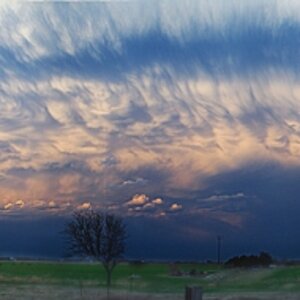
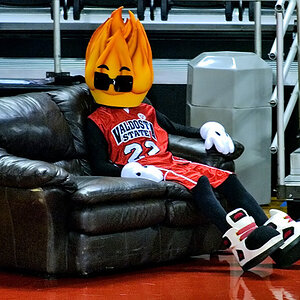


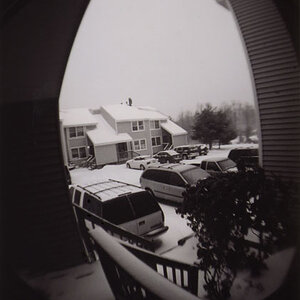
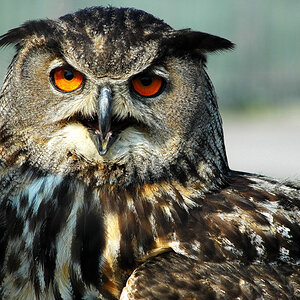
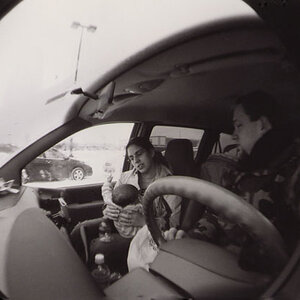

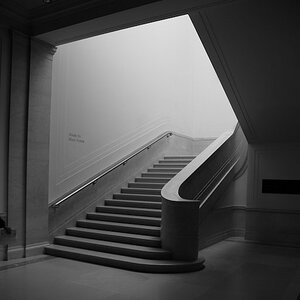
![[No title]](/data/xfmg/thumbnail/37/37622-530e264cdd98e6648079b89d7d3cd356.jpg?1619738153)
